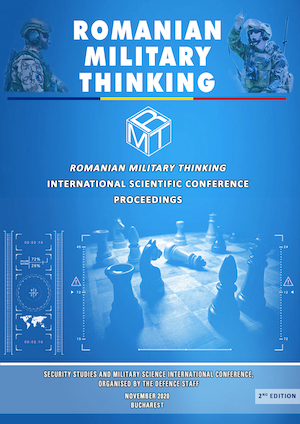Perspectives on Adapting Military Structures to the Requirements of Current and Future Operational Environments
Perspectives on Adapting Military Structures to the Requirements of Current and Future Operational Environments
Author(s): Paul Tudorache, Lucian Ispas
Subject(s): Security and defense, Military policy
Published by: Centrul tehnic-editorial al armatei
Keywords: COE; FOE; operational adaptation; combat power; WFF;
Summary/Abstract: Approaching the current and future operational environments requires that military structures and, in particular, the tactical ones, should have the ability to conduct operations, regardless of the campaign themes (peace military engagement, peace support operations, security operations, and combat operations), which involves the simultaneous or successive use of tactical activities and core functions in order to generate the desired effects and, implicitly, to attain the end state. In this regard, an operational adaptation of the tactical military structures is required, generating, at the same time, implications at the level of the force structure, not only by reconfiguring the organic headquarters (HQ), but also by reorganising the combat (CBT), combat support (CS) and combat service support (CSS) forces. Therefore, highlighting the specific aspects of the combat power’s adaptation, by analyzing the established war fighting functions (WFF), the finality of the article will seek to identify the main adjustments of the military decision making process (MDMP), as a fundamental planning methodology used by tactical military structures, with organic staff.
- Page Range: 252-261
- Page Count: 10
- Publication Year: 2020
- Language: English
- Content File-PDF

